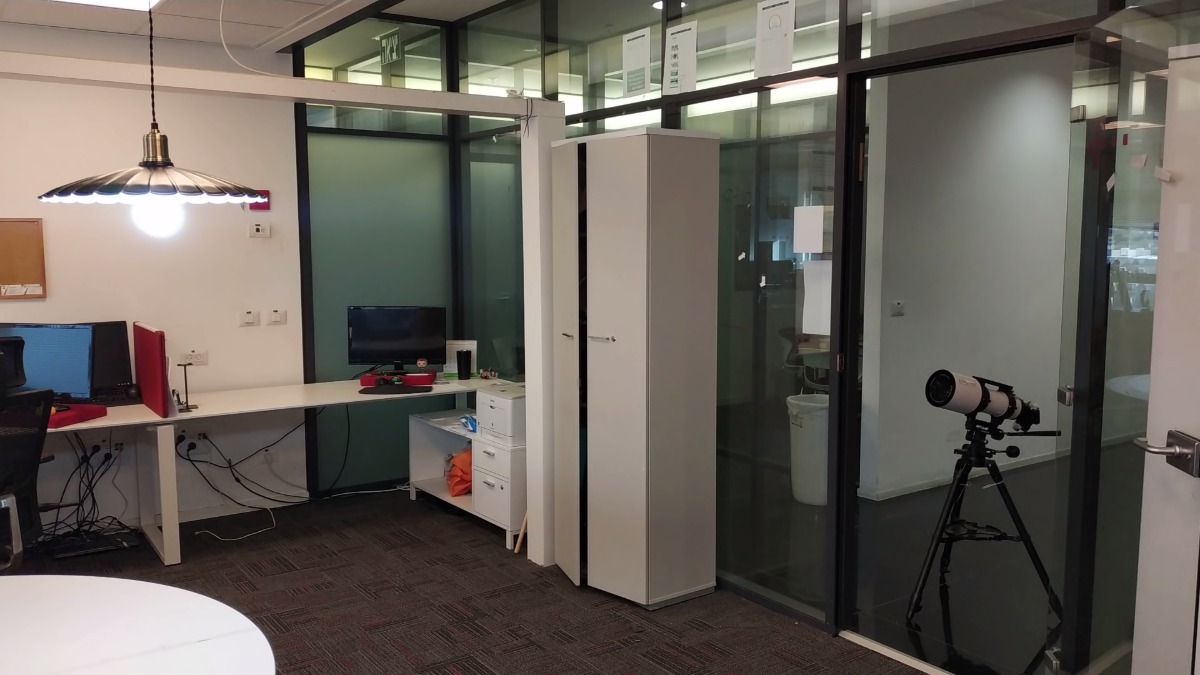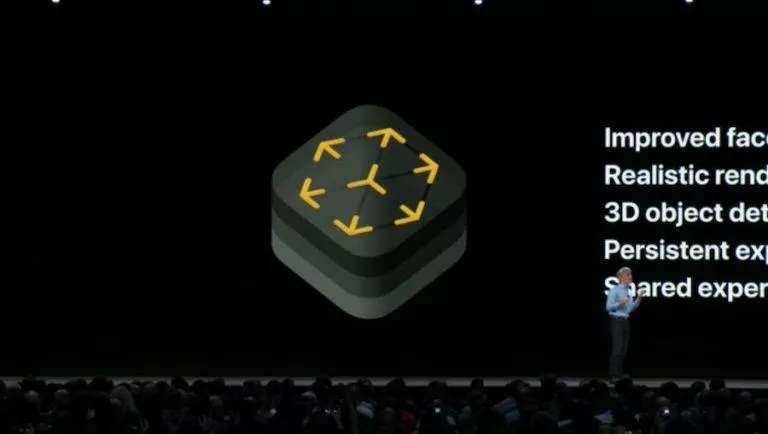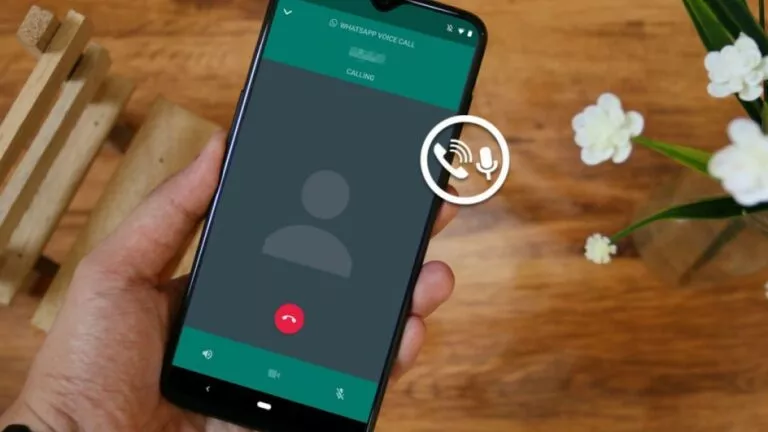A Light Bulb Hanging In Your Room Can Be Used To Eavesdrop On You

Sophisticated techniques of eavesdropping have emerged in the past, some involve using your phone’s lock screen pattern while others involve exploiting audio and video tags of a file but all these techniques require either physical access to your device or the spy is required to be in close proximity of it.
However, researchers have now come up with a trailblazing technique to snoop on your personal conversation that doesn’t require the perpetrator to physically need the target device or to be in its vicinity. A technique dubbed “Lamphone” can eavesdrop on you by analyzing the vibrations in the lightbulb hanging in your room.
The idea behind the technique is the sound waves that are emitted when we speak causing slight and vibrations in the electric bulb. The millidegree vibrations, that cannot be noticed by a naked human eye, can be picked up by a remote electro-optical sensor. This data, in turn, can be used to recover audio and speech to snoop on anyone in the room.
The technique has been developed by researchers from Ben Gurion University and Weizmann Institute of Science. For successfully deploying this technique, a person with an ill intent only requires visibility to the room with the light bulb and the bulb must be turned on. Moreover, the setup requires equipment worth less than $1000.
In an experimental setup, researchers were able to recognize the song being played in a room from a distance of around 25 meters or ~82 feet.
Using three telescopes with different lens diameters (10, 20, 35 cm), researchers successfully recovered two songs and one sentence that were played via speakers in the office using optical measurements.
Shazam was able to detect the Beetle’s “Let It Be” from the recovered sound and Google APIs could transcribe President Trump’s speech being played in the room.
According to researchers, with more powerful telescopes and electro-optical sensors, they can deduce the sound from a farther distance.






